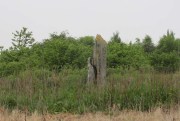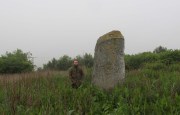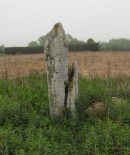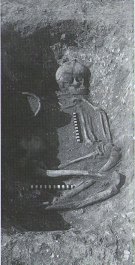Souterrain (destroyed): OS Grid Reference – NO 3044 5040
Also Known as:
- Airlie II
- Canmore ID 32376
Archaeology & History
One in a cluster of at least seven souterrains that could once be found to the east of Alyth, this was first described in notes by David Whyte in the 1845 New Statistical Account as being “about a mile to the south” of those at Barns of Airlie. Although Whyte told that the two places “are separated by a deep hollow but are within view of each other,” the explorer F.T. Wainwright (1963) was unable to locate the precise spot, despite several visits. Three earlier writers (Anderson, Jervise and Warden) merely echoed notes of there being a cluster of sites hereby and made no personal explorations of their own. Without the expertise of local people, the exact status of this underground chamber remains unknown…
References:
- Anderson, Joseph, Scotland in Pagan Times – volume 1: The Iron Age, David Douglas: Edinburgh 1883.
- Jervise, A., “Notice of Antiquities in the Parish of Airlie, Forfarshire,” in Proceedings of the Society of Antiquaries, Scotland, volume 5, 1864.
- Royal Commission of Ancient & Historicc Monuments, Scotland, The Archaeological Sites and Monuments of Scotland: Central Angus, RCAHMS: Edinburgh 1983.
- Wainwright, F T., The Souterrains of Southern Pictland, RKP: London 1963.
- Warden, Angus J., Angus or Forfarshire – volume 1, Charles Alexander: Dundee 1880.
© Paul Bennett, The Northern Antiquarian






